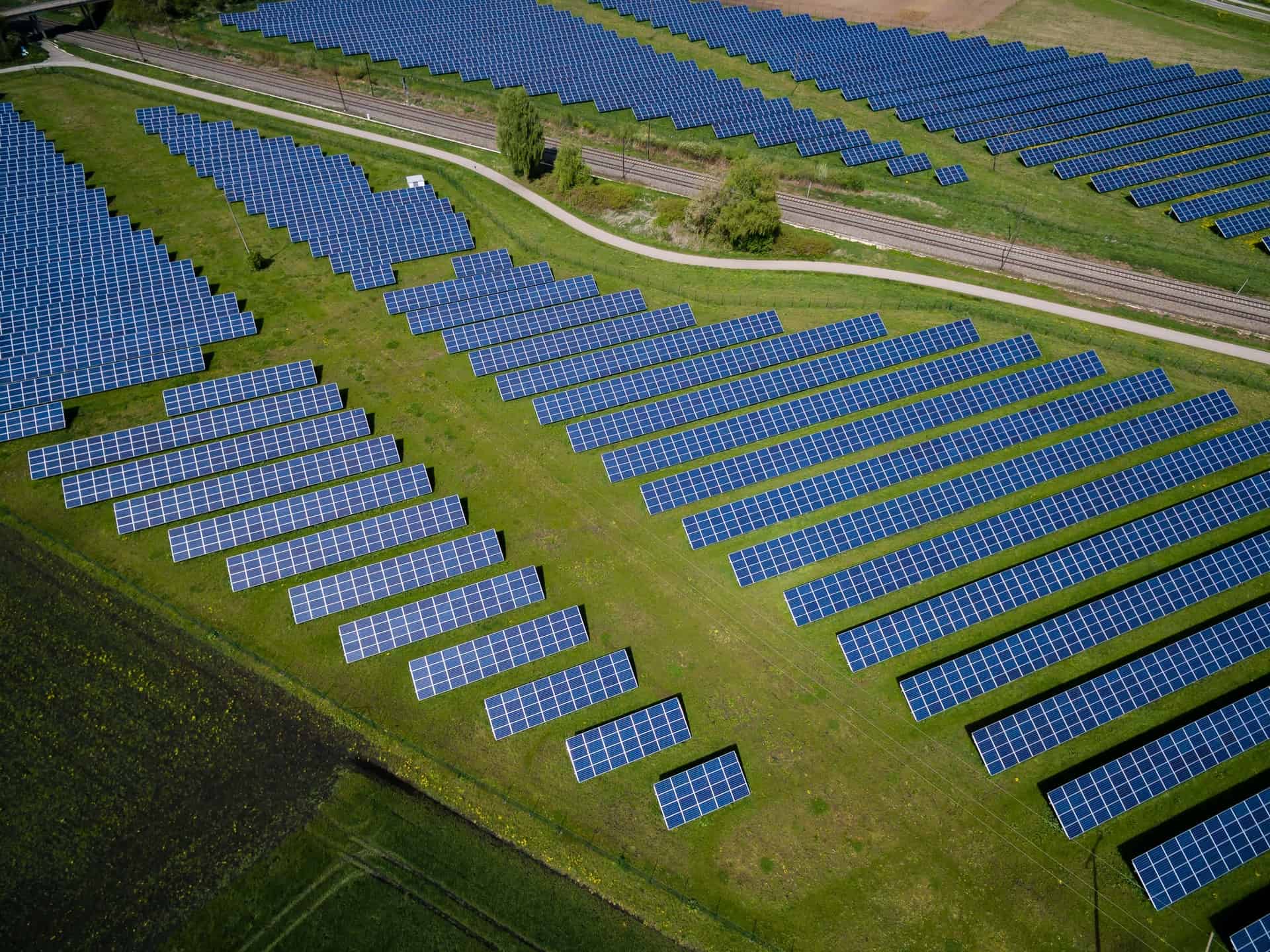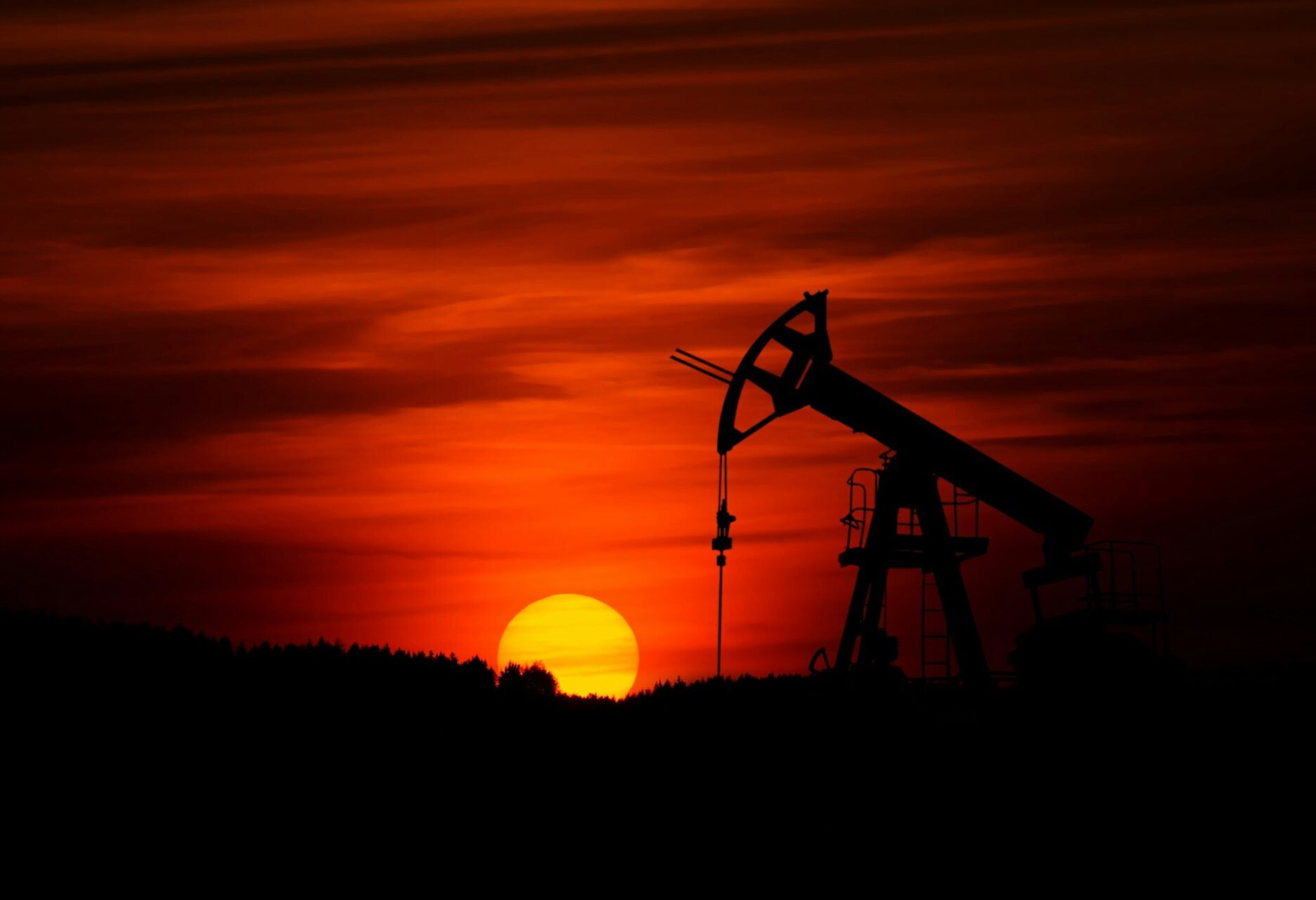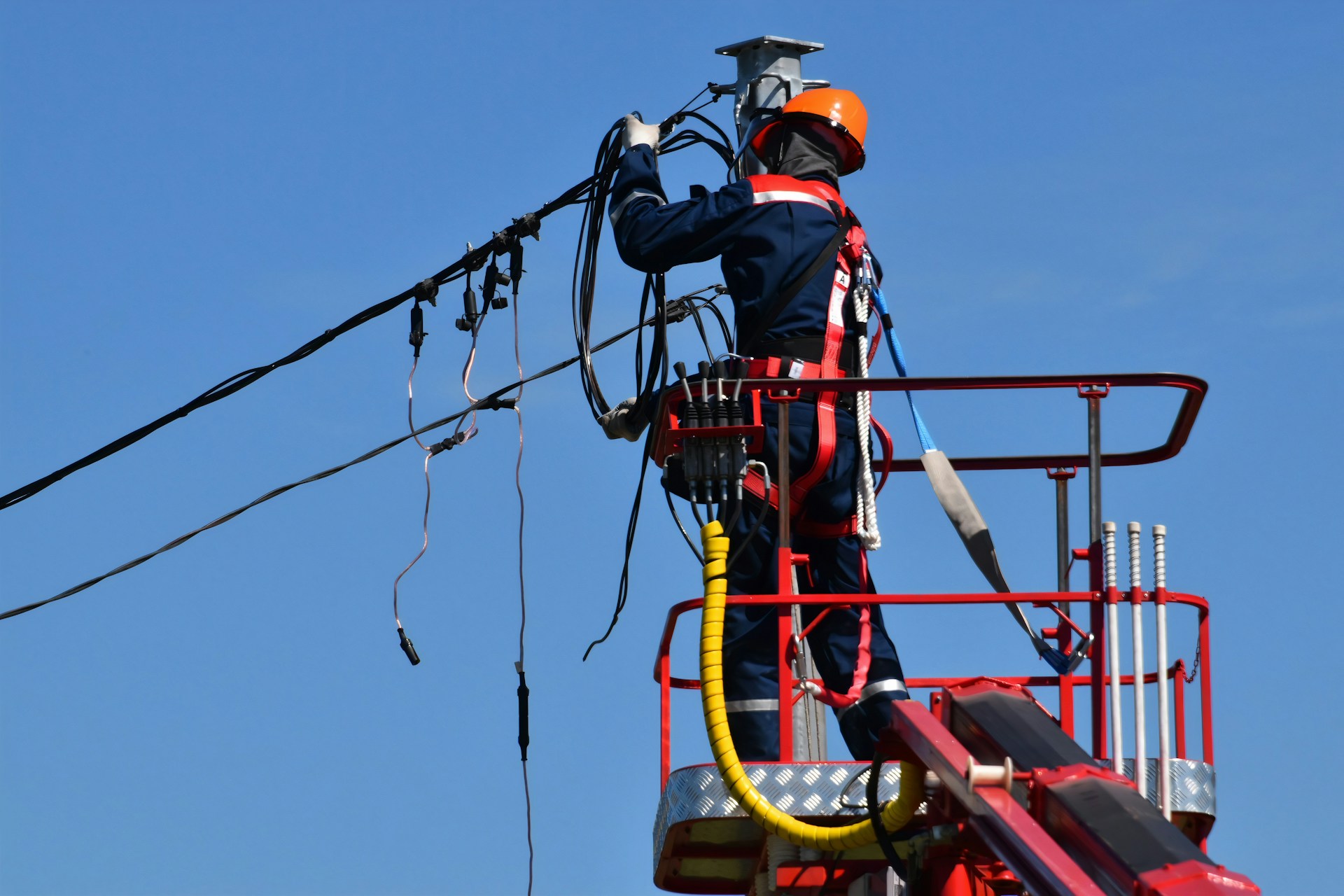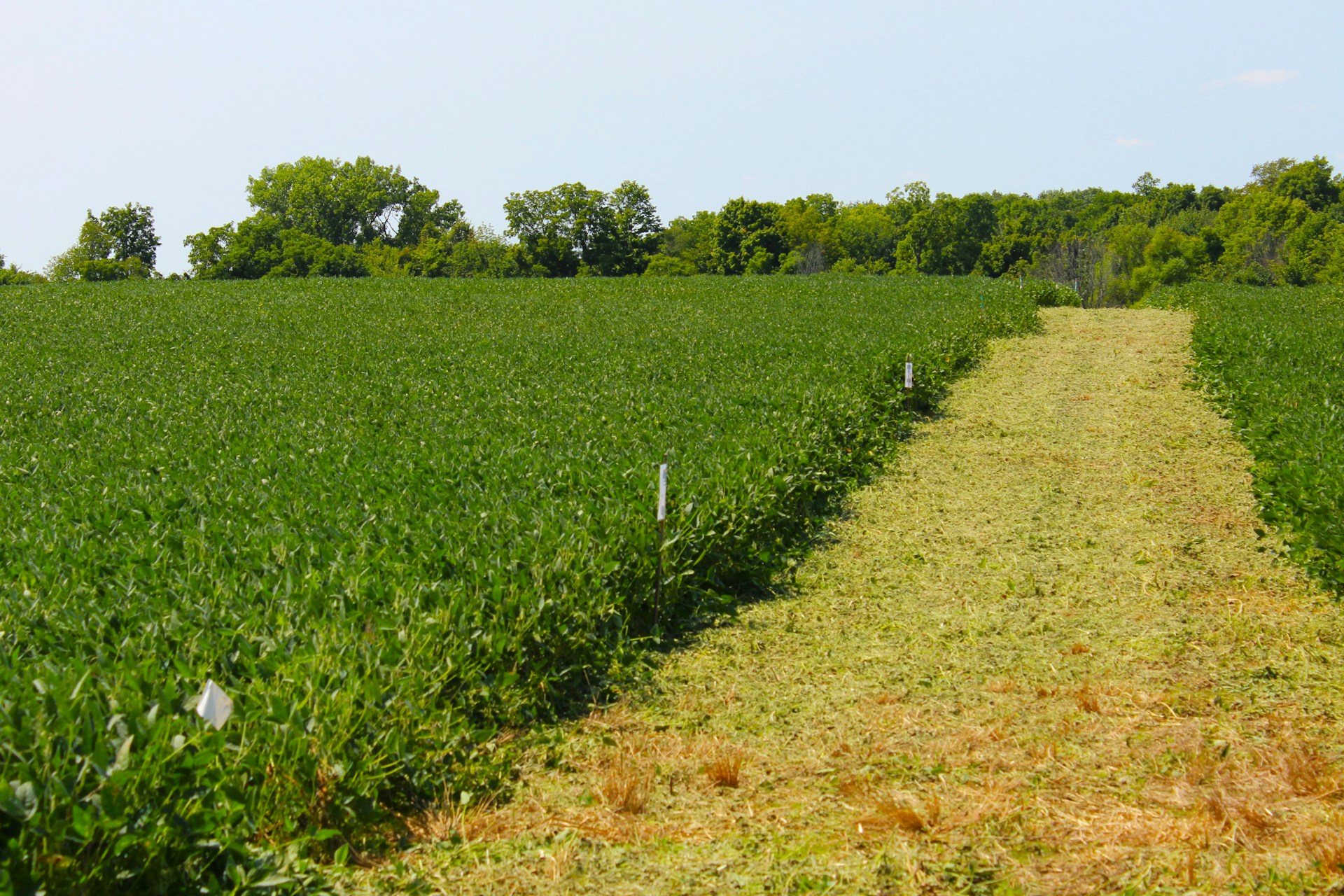
Can We Fast-Track the Shift to Clean Energy?
May 13, 2021 - Ellie Gabel
Revolutionized is reader-supported. When you buy through links on our site, we may earn an affiliate commission. Learn more here.
Over the past two decades, major investment from world governments and new consumer interest has driven a significant boom in clean energy. For many, though, the transition away from fossil fuels still feels painfully slow. Research on climate change suggests that the pace of changing to renewable energy should be faster if we want to avoid some of its most serious challenges. Significant challenges stand in the way of widespread renewable energy production, but we can take steps to speed up the shift to clean energy. In some places, these new ideas are already gaining traction.
How Fast Are We Transitioning to Clean Energy?
According to a 2019 World Economic Forum report, “The Speed of the Energy Transition,” we’re at an inflection point. Right now, we have one of the best chances to rapidly accelerate our shift to clean energy, but only if we act fast enough and make the right decisions.
The report presents two different narratives for the future — rapid and gradual transition.
Rapid Transition Vs. Gradual Transition
The rapid transition is our ideal — new technologies are accelerating the pace of clean energy adoption and quickly making fossil fuels obsolete. In this narrative, peak fossil fuel demand happens sometime during the 2020s, with clean energy supplying more than half of world energy by the end of the decade.
At the same time, the growth of global energy consumption slows down significantly. With a fast transition, we’ll likely clear the carbon goals set by the Paris Agreement and avoid the worst possible impacts of climate change.
The gradual transition narrative, on the other hand, is a little less optimistic. This narrative assumes that, instead of major advances in clean energy, there are no great technological innovations in store. Investment in clean energy may speed up, but it will never really take off. The pace we’re setting now will likely extend well into the future. With this narrative, peak fossil fuel demand doesn’t come until the mid-2050s — putting the world on track for several degrees celsius of warming.
Renewable Energy Adoption Continues
Current forecasts suggest that we’re somewhere between the two tracks. Industry observers predict that fossil fuel demand is currently likely to peak around 2029, but it may take many more years for clean energy production to overtake fossil fuels.
Without intervention, the transition to clean energy could be gradual — which could have serious consequences for the environment. The good news is that the change of pace seems to be accelerating.
During the COVID-19 pandemic, which caused a global slowdown in economic activity, fossil fuel usage and global energy consumption fell while investment in renewables rose. This is a good sign that the business world is committing itself to clean energy — and that adoption of clean energy will continue to pick up, even when funding and enthusiasm for new projects declines.
However, most energy experts agree that the clean energy transition has been much slower than it could be. Also, while fossil fuel growth is slowing, it hasn’t reversed or even plateaued just yet.
While there is reason to be excited about the current pace of change, there are also signs we could be doing a lot more. With the right approach, we may be able to significantly accelerate the speed of clean energy adoption.
How We Can Accelerate Our Green Energy Transition
Now is likely one of the best times to fast-track the shift to clean energy. Better tech is available, and there has been a worldwide surge of interest in transitioning away from the use of fossil fuels. The economic recovery from the COVID-19 pandemic may also present a major opportunity for a “green recovery.”
As businesses and governments begin to ramp up investment, they could shift course significantly. New spending plans may present an opportunity for organizations of all kinds to reduce carbon emissions and invest more heavily in clean energy. This could allow us to take advantage of the economic slowdown to lower investment in fossil fuels while building up clean energy infrastructure.
To understand what this could look like, look at countries that are already working toward a green recovery. For example, clean energy will be central to the South Korean recovery strategy. It’s made up of two plans — a New Digital Deal and a Green New Deal.
The South Korean Green New Deal calls for a massive USD 135 billion investment in renewable technology, as well as a large-scale expansion of solar panels and wind farms. The South Korean smart grid is also also central to the plan. It will use internet-connected tech to allow energy companies to communicate with their customers. The country will create this grid by installing smart energy meters in more than 5 million apartments.
A similar approach could work in much of the world. Greater investment in green tech and infrastructure would reduce reliance on fossil fuels. At the same time, smart grid tech could help energy companies better manage demand and potentially reduce waste.
Renewable Energy’s Storage Problem
To fully make the switch from fossil fuels to renewable energy, a few problems must be solved first. One is renewable energy’s intermittency problem. Two of the most popular and least impactful forms of clean energy, wind and solar, are highly intermittent. They produce more energy at certain times of the day than others. Power production may also vary significantly from year to year.
This can cause a “duck curve” — a significant imbalance between peak demand and renewable energy production. On the other hand, fossil fuels are consistent in their power output. A power plant to increase or decrease the amount of energy it generates to meet grid demand.
This means that, in a grid powered by wind and solar energy, power providers have had two options. They can overproduce and build capacity far beyond what the grid demands — wasting resources to make up for the lower production of energy during certain parts of the day. Conversely, they can continue to rely on nonrenewable energy sources to meet the demand green power can’t handle.
Batteries as a Potential Solution
Advances in battery technology have opened a third option. A large enough collection of grid-scale batteries will allow for energy storage during times of overproduction. Then we can tap into this storage during lower production periods. This keeps available energy in line with demand, with no fossil fuels required.
In the past, battery tech hasn’t been good enough to play this role. Major investments have changed this recently — pushing companies to fund grid-scale battery storage and potentially accelerating the adoption of green energy. Two of the biggest projects right now were recently completed at the Moss Landing Power Plant site in California. These facilities are made of massive battery clusters that can store excess energy produced by renewable sources. Outside of the U.S., Australia and China are also working on major battery projects.
However, before we can commit to green energy, we’ll need to see if these early battery experiments scale.
Accelerating the Transition to Clean Energy
While major strides have been made toward a world powered by clean energy, there’s still a long way to go. While the pace of green energy adoption is increasing, it’s likely that carbon emissions goals won’t be met. A faster transition may be necessary.
Some countries are already taking steps to speed up the shift to clean energy. Major investment in green tech and experimental grid management techniques — like the smart grid — may help. New projects, like grid-scale battery storage, could also accelerate the transition to clean energy, helping us move away from fossil fuels faster.
Revolutionized is reader-supported. When you buy through links on our site, we may earn an affiliate commission. Learn more here.
Author
Ellie Gabel
Ellie Gabel is a science writer specializing in astronomy and environmental science and is the Associate Editor of Revolutionized. Ellie's love of science stems from reading Richard Dawkins books and her favorite science magazines as a child, where she fell in love with the experiments included in each edition.







